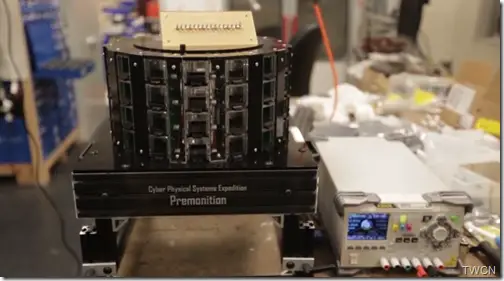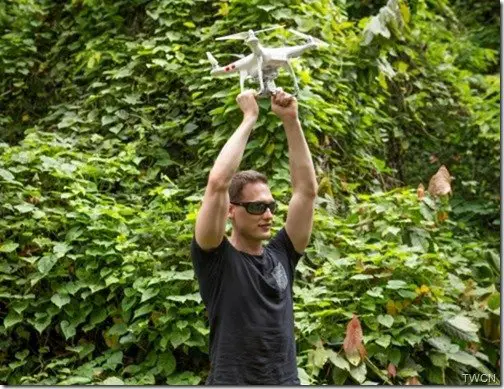Microsoft Research’s Project Premonition seeks to detect pathogens in animals before these pathogens make people sick. Project Premonition sounds nothing less than a blockbuster movie. It involves mosquitoes caught in the robotic traps, drones, the cutting-edge molecular biology and the advanced cloud-based data analysis.
Microsoft Research Project Premonition

An early prototype of the mosquito trap, shown above
Catching mosquitoes and training drones
Microsoft Research and Saint George’s University of Grenada have partnered to catch mosquitoes using drones and then analyzes their body contents for pathogens. By analyzing mosquitoes, early signs that can spread potentially harmful diseases can be detected.
Project Premonition, a system that aims to detect infectious disease outbreaks before they become widespread, with the goal of preventing major health disasters.
The initial work including feasibility study done by researchers was presented publicly recently at TechFair, a Microsoft innovation showcase in Washington, DC.
The researchers expect that it will take several years to complete all the elements of the research. But, they say, Project Premonition could eventually allow health officials to get a jump start on preventing outbreaks of a disease like dengue fever or avian flu before it occurs, whether or not it is a disease spread by mosquitoes.
For the Project Premonition in action, drones play important role. Drones that can fly the mosquito traps into and out of remote areas in a semi-autonomous way, rather than having to be constantly directed from the ground. Microsoft researchers are developing ways to make the drones more autonomous.
Dr. Jeannette Wing Microsoft’s corporate vice president overseeing the company’s core research labs, said,
the ability to make drones that can carefully navigate an environment on their own is key to another, broader goal of Project Premonition: Building safer cyber-physical systems.

A cyber-physical system is any computer-based system that interacts with the real world, including everything from implanted medical devices to drones to driverless cars.
Advanced analysis and Cloud-based database
Once the mosquitoes are collected, then comes the advanced analytics, analyzing them for microbes and viruses that could pose a threat to humans.
After that researchers have to create cloud-based databases of the information gathered and come up with algorithms for evaluating which of these viruses could present a threat to humans.
Ethan Jackson,Lead Researcher, Project Premonition said,
This is at least a five-year vision, no doubt about it. But along the way, the advances we make in each of these areas have a lot of value in their own right.
Here is a small video, take a look at it!
For more details of the Project Premonition, please check here.
Leave a Reply